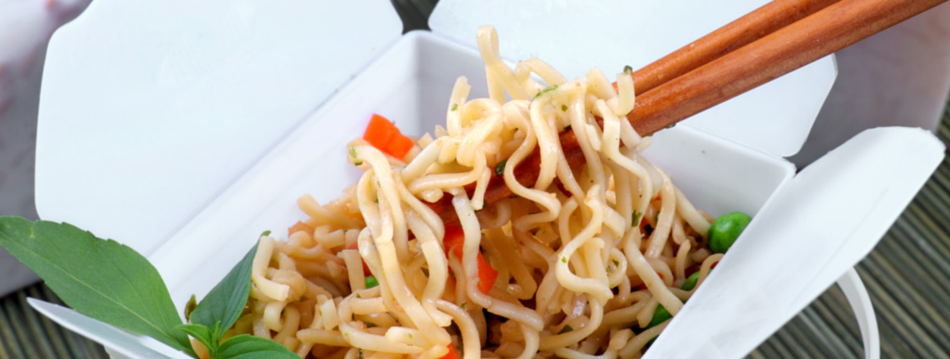
Fork tender is a phrase you hear all the time (well maybe not all the time) but it is often part of a recipe’s directions. So what does fork tender mean, and how do you know when you’re there? The magic about foods that should be cooked to this point is that they are almost impossible to overcook and who doesn’t appreciate that in a food item? Usually this would be some kind of braised or slow cooked protein/meat type of food, that you cook until…. fork tender. To test, take a long carving fork, and put it into the meat, the test isn’t how easily it goes into the meat, rather it is how easily you can remove it; if the fork pulls away from the meat with no resistance, and I mean none, congratulations, you have achieved fork tenderness!
Now you have something you can eat without a knife. You can slice, shred or pull the meat apart, and put it on top of any number of lovely starchy things from a cheesy polenta, to rice, egg noodles, ramen, baked or mashed potato, you get the idea. If you have braised successfully you have loads of gravy/sauce to pour on top, and it’s loaded with flavor and will make you very happy. That is what fork tender is all about!
Perfect rice is not hard to achieve and there’s no need to resort to buying overpriced frozen rice, or that par-boiled rice that cooks in five minutes. I recently had a friend ask me about cooking rice, and she was having a problem because her burners don’t have a really low setting. There are a few remedies for that! I recommend the pilaf method of cooking rice, which is super easy and flavorful, and you will feel like a rice genius. Heat a heavy pot to medium, and add about 2 TBS. of your fat of choice (oil, butter, ghee) then add about 1/2 cup of chopped onion (about half a large Spanish onion) and sauté until soft and translucent. Add rice (one cup of rice to 2 cups of liquid) and stir into onion and cook, stirring for 2-3 minutes, add liquid (I like using stock for added flavor, but salted water is fine) raise heat to high and bring to a boil, reduce heat to lowest setting and cover, cook untouched for 20 minutes. If your burners don’t have a very low setting move the pot so it is only on half the burner, and move the pot to the other side halfway through, use a heat diffuser on your burner, or, if you’ve got the oven on, put the pot into a 350°F oven for the same 20 minutes. To add flavor to your pilaf, use a mix of half stock and half white wine, or half stock and half coconut milk, if you want to add saffron, add it to the onions while they sauté to develop the color and flavor and allow the fat to convey the flavor through the mixture.

Now you all you need is a nice green salad and you have a perfect dinner! Instead of buying dressing try this simple method of dressing your greens. Toss about 1 TBL of good oil with greens, sprinkle vinegar (I like cider or red wine vinegar) or fresh lemon juice over oil coated greens, then toss in a bit of salt and pepper, and toss once more. This works with any type of salad. If you’re feeling fancy, you can put all those ingredients into a jar with some Dijon mustard and a smashed garlic clove and shake the crap out of that. Remove garlic clove before serving, and dress salad at the last possible moment. There should be just enough to coat your salad with none left at the bottom of the bowl.
I wasn’t going to mention anything, but I do hope you have a lovely Valentine’s Day






.jpg)




